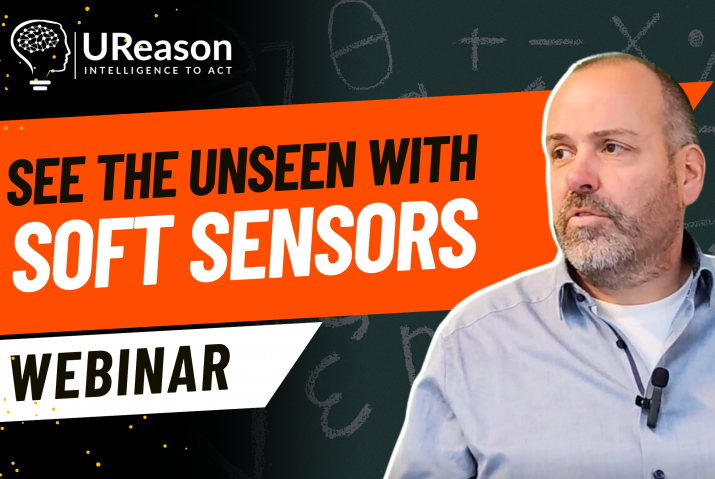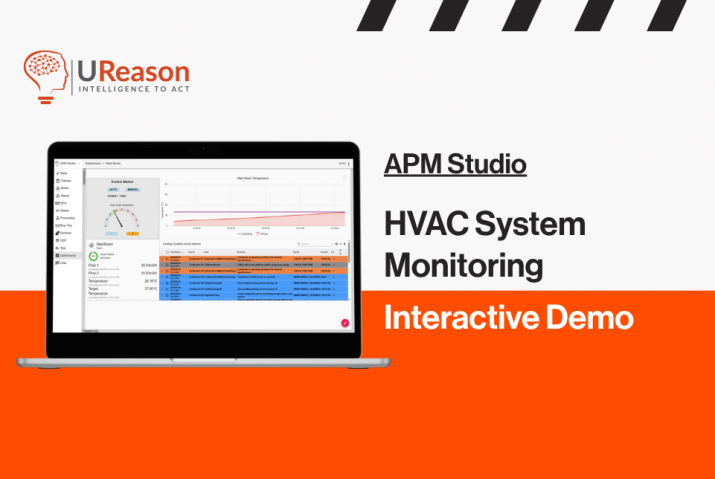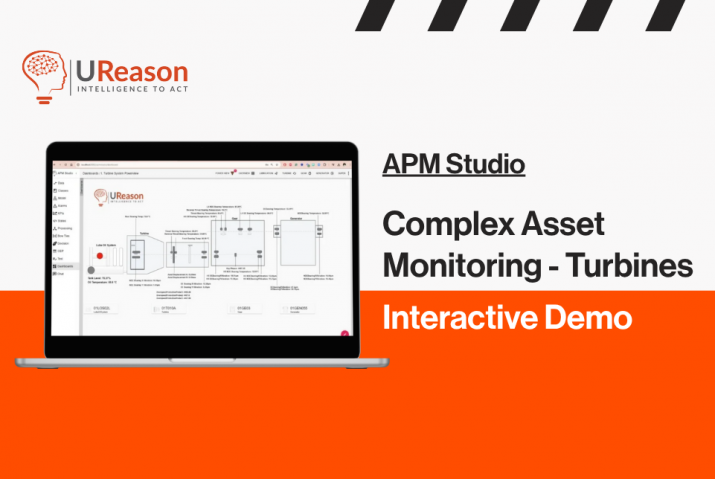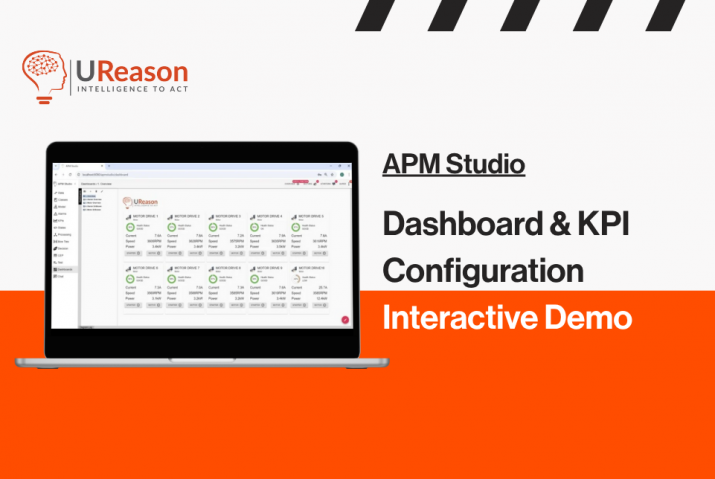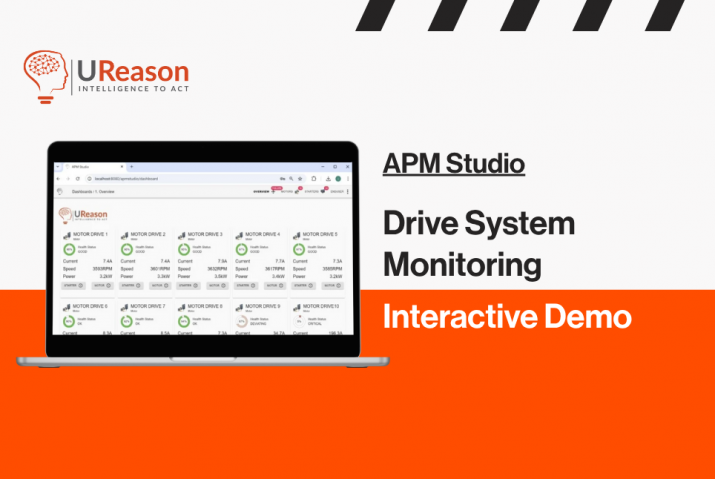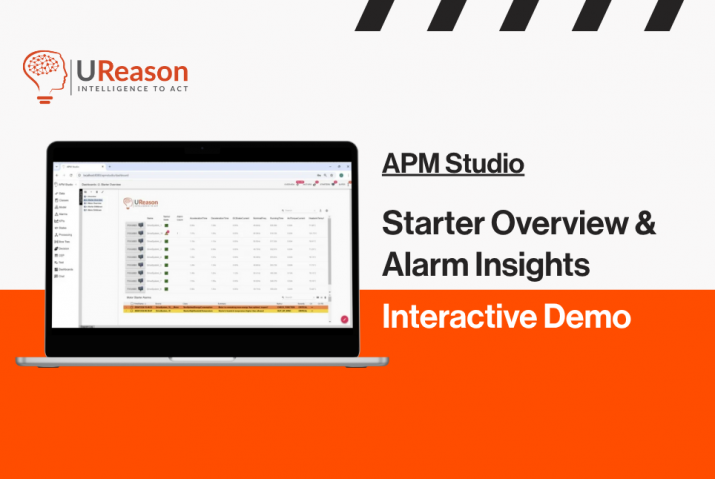The District Heating Utility Needed Help
District heating is very common in Europe’s cities, as well as in some cities in the USA and Canada. Heating plants are located in places around the city where heat can be pumped to buildings and radiators in individual offices and homes for heating. It is a very economical way to heat a city core or a university campus or other complex.
In the Netherlands, one of the district heating utility providers was faced with a set of challenges. They had a large number of control valves, and because of the purpose of the utility, the valves were geographically dispersed, rather than being located in a single plant site. This means that at failure, it takes time for field engineers to reach the valve in question. Because of the longevity of the Heat Transfer Stations, there were a variety of control valves and actuators.
The utility has, in large numbers, Samson 5825 electric actuators with fail-safe action and Samson 3374 electric actuators with fail safe action. All of these were installed over period from 2004 to 2021 in Heat Transfer Stations throughout the utility. The utility also owns large numbers of Samson 2488 pressure-independent globe valves, and Samson 3214 globe valves balanced by a diaphragm, that were installed between 2004 and 2014, also installed in the Heat Transfer Stations.

They were in a cycle of periodic yearly inspections followed by reactive maintenance. That is, they usually fixed the valves after they broke, and caused the heating stations they were installed in to fail or run less efficient. This, in turn, caused customers to get cold and in the Netherlands, as anywhere in Northern Europe, valve failure in a district heating plant in the winter is highly undesirable event that leads to penalties.
Traditional Control Valve Asset Management
For decades, in a process plant, a batch manufacturing plant, or in a district heating utility, the way control valves are managed as assets has been the same. Management begins, first, with interval-based inspection to assess the health of the control valve. Interval-based inspection involves a maintenance person ‘walking’ around and inspecting each control valve to determine how well the control valves and actuators are performing. Sometimes the interval inspection is augmented by either partial-stroke testing or full-stroke testing where the valve is run open or closed, either fully or partially, to see if it is working properly. In order to assess the likelihood of valve or actuator failure and its impact, the utility was using RBI (Risk Based Inspection), an inspection method that uses the history of the valve and inspections to determine a probability of failure score. RBI still requires somebody to walk around and look at each valve and actuator combination. With the shortage of maintenance personnel, due to retirements and the Covid-19 the utility was having difficulty continuing to employ RBI techniques.
Another technique the utility was employing was FMECA (Failure Mode, Effects and Criticality Analysis). This type of analysis helps identify potential failures, evaluate the effects of these events, and identify the actions that could eliminate or reduce the chance of the potential failure. By minimizing the risk of valve failure, FMEA/FMECA helps to maximize valve operational reliability.
There is also Root Cause Failure Analysis. This is really a troubleshooting maintenance method that investigates, analyzes, and identifies the root cause of a valve failure. Identifying the root cause or causes of valve failures and using that information to make necessary changes to equipment, processes, or maintenance regimes can prevent it from happening again.
What To Do?
The problem with all these methods is that they are time and resource consuming, and require a skill set and expertise that is becoming scarce as experienced workers retire or leave the industry. The utility had a backlog of inspections and analysis, and because the utility only inspected at an interval, issues were going unnoticed. Furthermore, depending on inspection, partial- or full-stroke testing is not sophisticated enough to be able to see non-linearities and other difficulties the valve may be having, before failure occurs.
The district heating utility was looking for a way out of this expensive maintenance trap. They did lots of maintenance. They did lots of replacement and repair. They were not affecting the number of failures very much, but they were using up a lot of valuable maintenance operator time. They were also confronted with a replacement question that involves high CAPEX as many of their actuators and valves are near their end of operational life.
UReason is a software company that provides solutions for real-time condition-based and predictive maintenance. Their Asset Performance Management software is used by many companies in different fields, from food to utilities.
UReason’s Control Valve App
UReason has been producing the APM Studio software package for some years now. Using customer supplied machine data and UReason’s machine learning technology, APM Studio is designed to integrate condition-based monitoring and predictive maintenance, to reduce unplanned downtime and costs and keep processes running smoothly. UReason has data that shows that the use of APM Studio software reduces unplanned outages and downtime significantly.
UReason had developed a standalone app-based control valve diagnostic system based on APM Studio that the district heating utility decided to use.
UReason’s Control Valve App (CVA) uses a small amount of data that the district heating utility already has and is stored in their data logs. UReason is “vendor agnostic” and can import data from any vendor’s historian or system.
Using the CVA is simple. UReason requires the setpoint and the position feedback from the valve. If position feedback data is not available, the controlled variable can be used, which can be the flow, pressure, level, or temperature of the process.
This small amount of data from each monitored valve allows UReason to determine strokes, speed, stiction, and overshoot for each valve. UReason provides the utility a continuous monitoring of their large asset base of control valves, of multiple types and vendors, located at multiple sites and remotely. Automatically identifying control issues, actuator or valve issues, and opportunities for the utility to save on energy losses.
UReason’s CVA provides a “bad-actor” list of the utility’s valves and actuators. One of the utility’s engineers noted, “The bad-actor list allows us to focus on assets that need attention. The CVA provides us additional inputs prior to region maintenance projects, and before the cold period starts.”
According to the utility, UReason has provided them with real value. The utility has achieved reduced energy losses. Their investment planning is more accurate, as is their maintenance planning for the large install base. They have reduced the need for on-site inspections, and they have reduced their risk because the CVA gives them early warning in the form of a RUL (Remaining Useful Life) figure. This results in lower MTTR (Mean Time to Repair) and greater MTBF (Mean Time Between Failures). Using the CVA and the RUL metric, the district heating utility has been able to move from preventive and reactive to predictive and prescriptive maintenance strategies and plan CAPEX on the actual health state and expected remaining lifetime of the assets.
Another engineer said, “The CVA found issues that were validated in the field and were not found with full stroke tests.” This allowed the utility to dispense with full- and partial-stroke testing in the field. “Linking issue detections of the CVA to our SAP notifications,” the engineer went on, “allows us to autonomize our process.”
The district heating utility found that the CVA is really plug and play. It supports air/electric and electro-hydraulic actuators and has a table of smart assets built into the database. The app provides the utility with recommendations on valve or actuator health that can be turned immediately into actionable insights for maintenance, reliability, and operations.
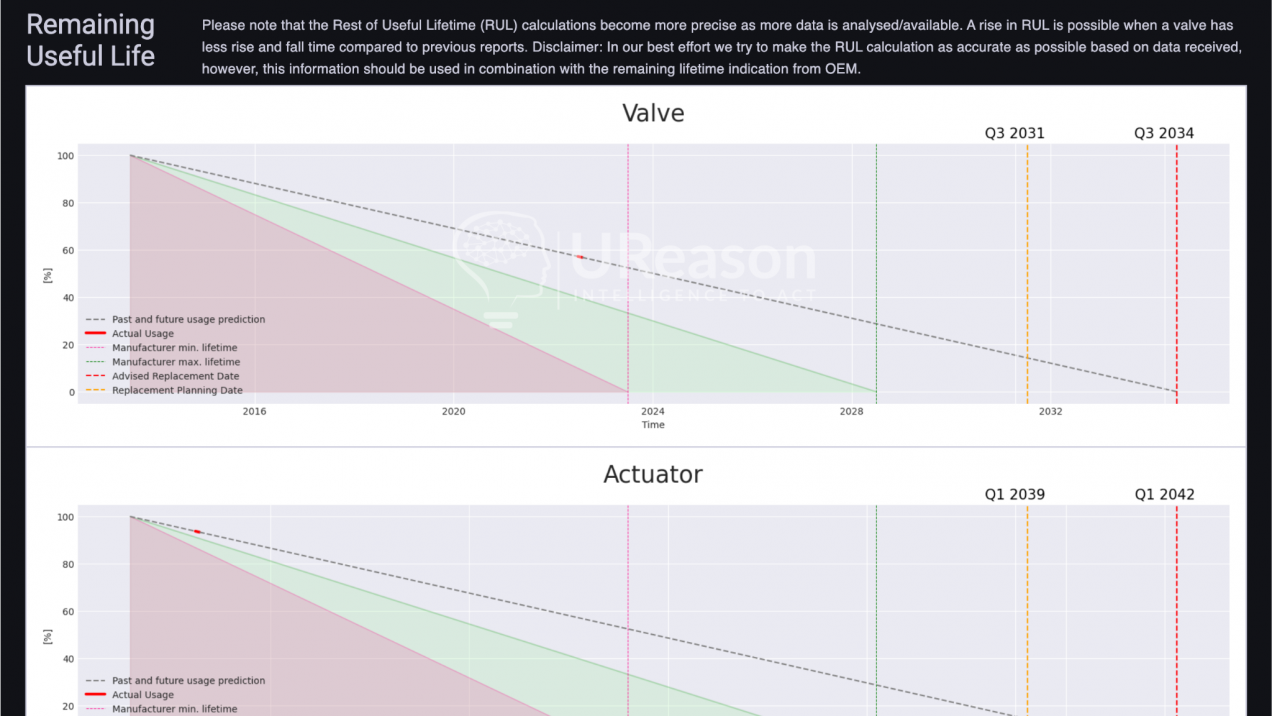
The data from the process historians and asset register from the utility is run on UReason’s AI models in the CVA to determine Remaining Useful Lifetime, Control Performance, and Valve Health. No additional sensors were necessary.
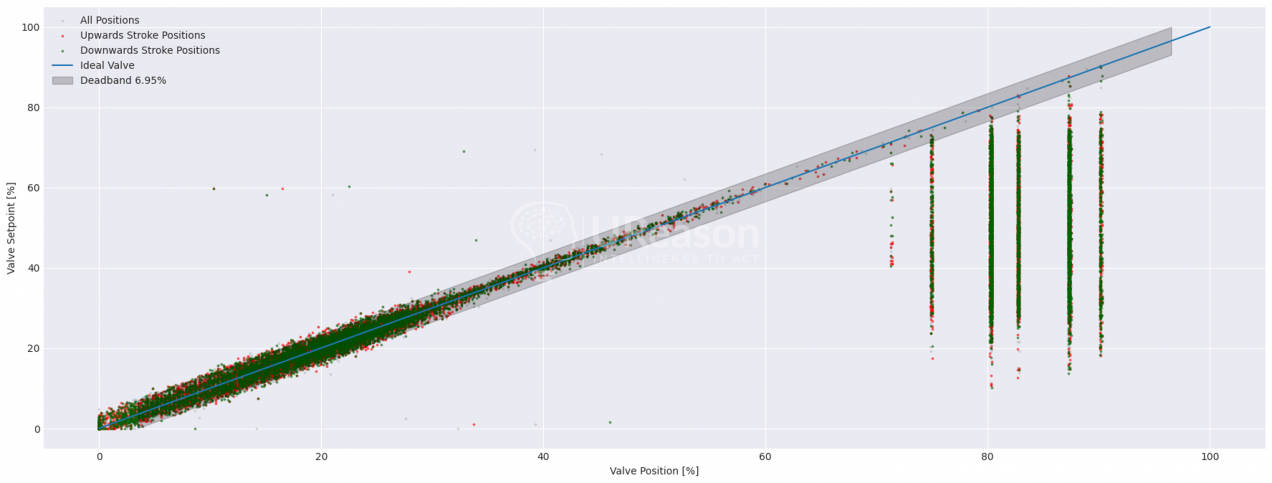
The CVA can be standalone, or it can be operated with interconnections from the data historian of the utility’s choice and the CMMS system that they use. Other data that helps the AI determine Remaining Useful Life are valve and actuator model and type, and the installation dates and most recent repair data. In the case of the district heating utility, UReason has provided a premium version of the CVA, hosted as a service. This integrates directly with the utility’s data collection process and provides notifications for maintenance management software used.
The district heating utility found they were able to reduce inspection time and improve consistency. Yearly inspections were reduced, and monthly inspections are done by the CVA based on actual usage. This enables the utility to save money by better scheduling of maintenance and balancing levels of spare parts inventory based on the RUL for each valve that the CVA provides.
The utility is extremely happy with the performance of the UReason CVA. “In addition to the control valves at the Heat Transfer stations, we are also going to move forward with other assets in heat transfer and power generation,” the utility’s engineer said.
It would appear that, in district heating, there really is an app for that.

